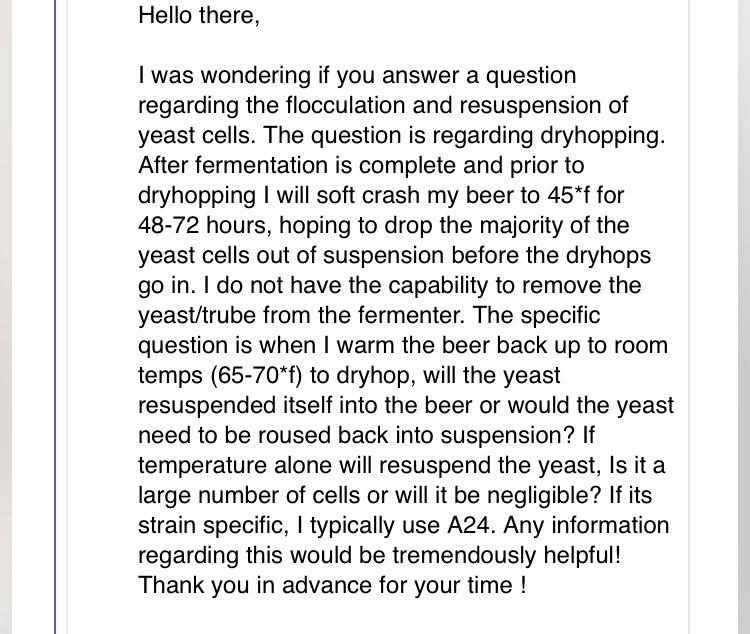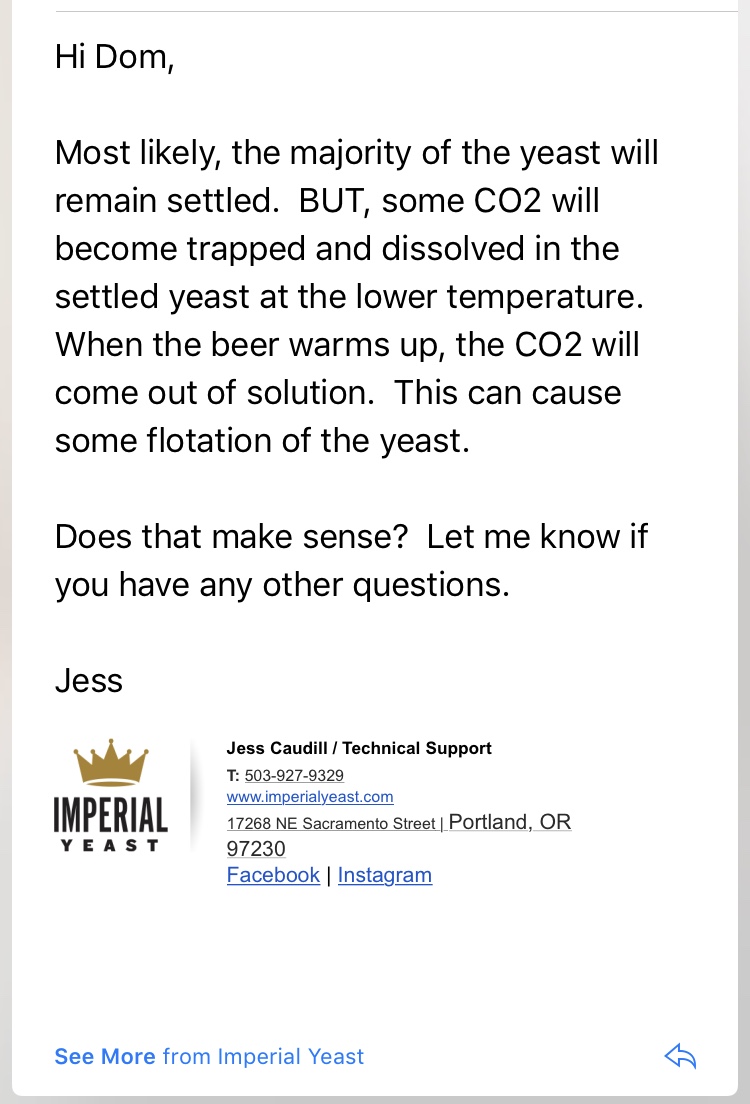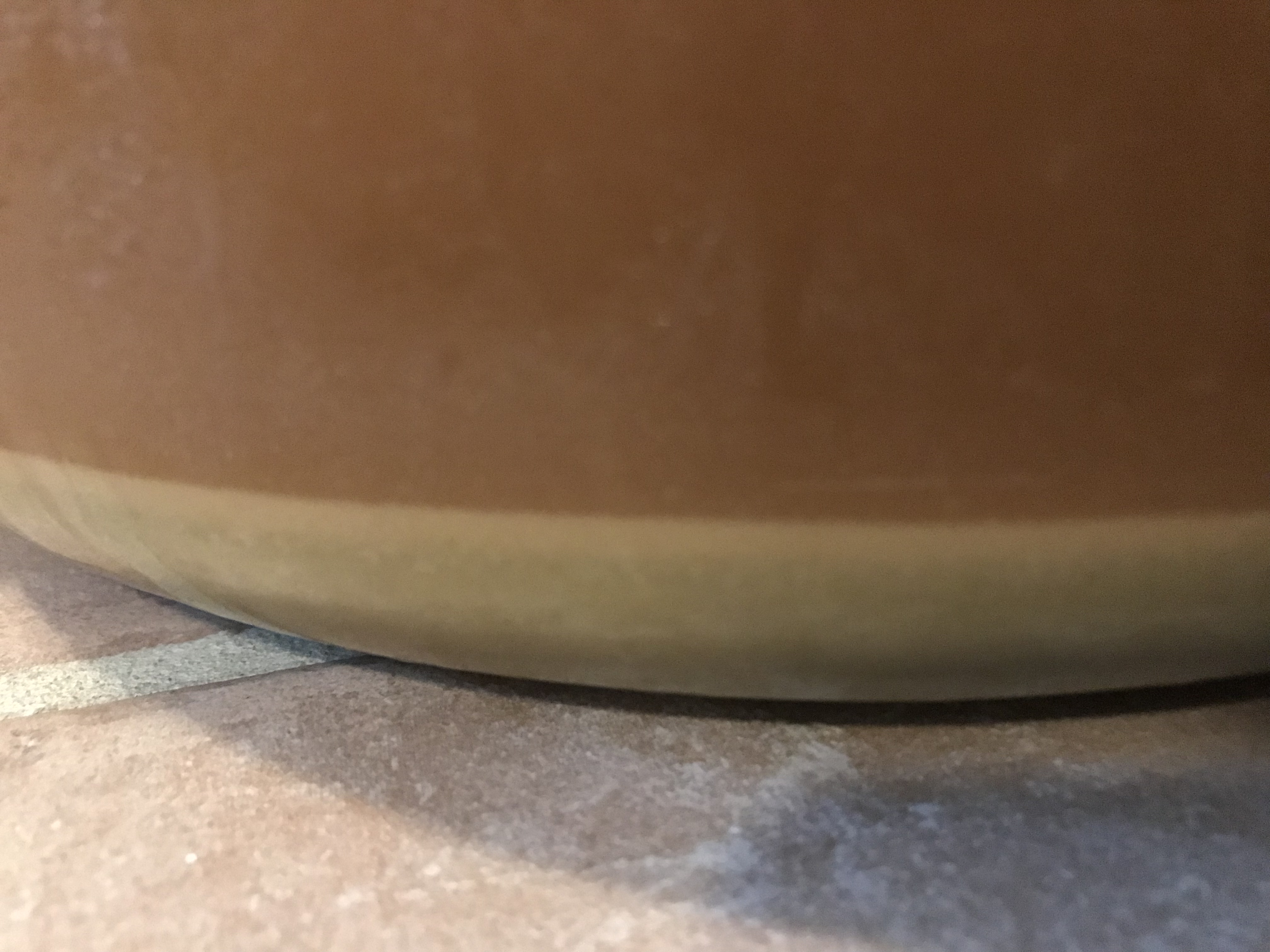Allekornbrauer
Well-Known Member
- Joined
- Dec 11, 2016
- Messages
- 95
- Reaction score
- 1
Hello how does one prevent Hop Creep when dry-hopping there IPA, Double IPA,NEIPA???.







![Craft A Brew - Safale S-04 Dry Yeast - Fermentis - English Ale Dry Yeast - For English and American Ales and Hard Apple Ciders - Ingredients for Home Brewing - Beer Making Supplies - [1 Pack]](https://m.media-amazon.com/images/I/41fVGNh6JfL._SL500_.jpg)





1) first way is to dryhop at 50*f where most ale yeast would be far less active if active at all. That works but it also is at a lower extraction temp, so it’s a give a take.
2) you can softcrash to 50*f for 24 hours to drop the yeast out of suspension then let the beer warm back up to roomtemp to DH. This will cause dramatically less yeast to be in suspension during dryhoping and lessens the possible for those yeast to convert any of the newly available sugar for the hop enzymes.
None taken. This is a proven method for dryhoping however and does drop substantially portion of yeast out of suspension. It’s called softcrashing. Scott Janish refers to it multiple times in his his new book. I also contacted imperial yeast previously to ask about if the yeast that drops out from softcrashing will become resuspended and they responded.No offense intended, but both of these methods sound dangerous to me. Yeast doesn't just drop out and quit at 50 F. I've fermented batches with regular ale yeast in the household refrigerator at roughly 35-40 F. Fermentation continues, just more slowly, may take months instead of days. But given time, or if god-forbid you bottle it thinking the yeast won't be active anymore, well you'd still be at risk of overcarbonation, or possibly even explosions, as well as the diacetyl thing.



I’ve even tried to promote hop creep on a few beers that finished a little high and had no luck? Not sure exactly why.
One solution is dry hopping prior to final gravity being reached so yeast can clean up diacetyl.
Crashing the yeast to prevent hop creep would only work if you are kegging, correct?
If you are bottling that method cannot work, if I understand the mechanism correctly. The premise being that there is no (or too little) yeast left to ferment the newly available fermentable sugars. If this is the case the bottles also will not carbonate, or if they do they will become overcarbonated.
I feel this is an important distinction to make as the OP had not stated whether they bottle or keg.
This. Works like a charm.
So one would want to add there dry-hop’s at about 4day into fermentation??